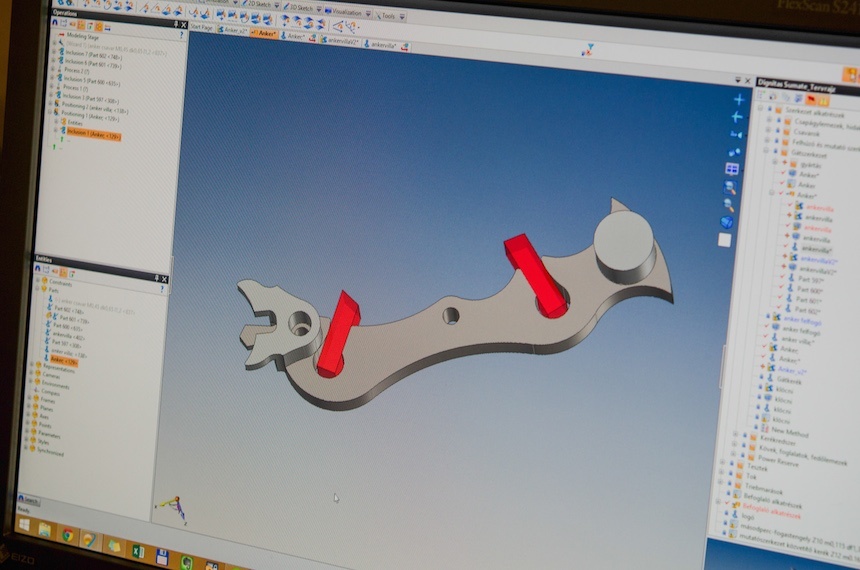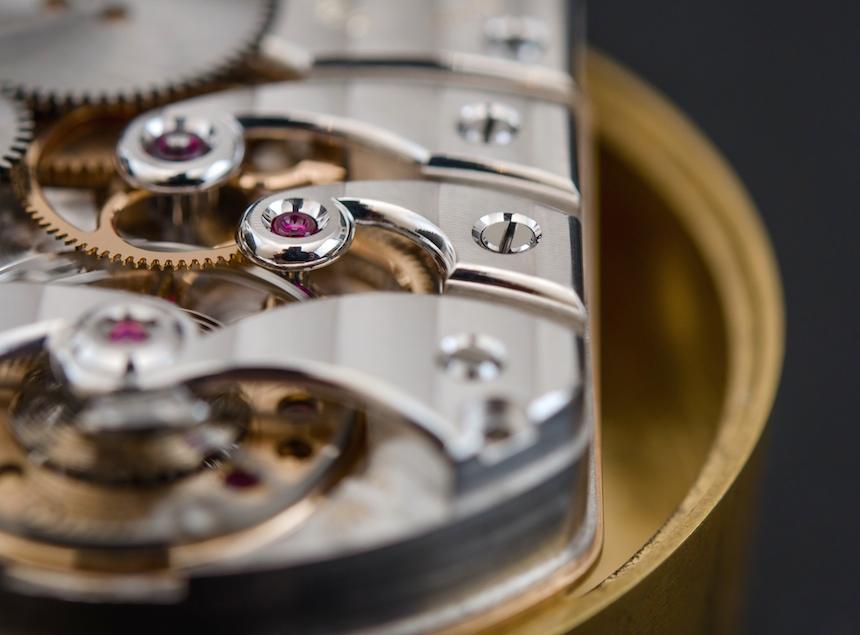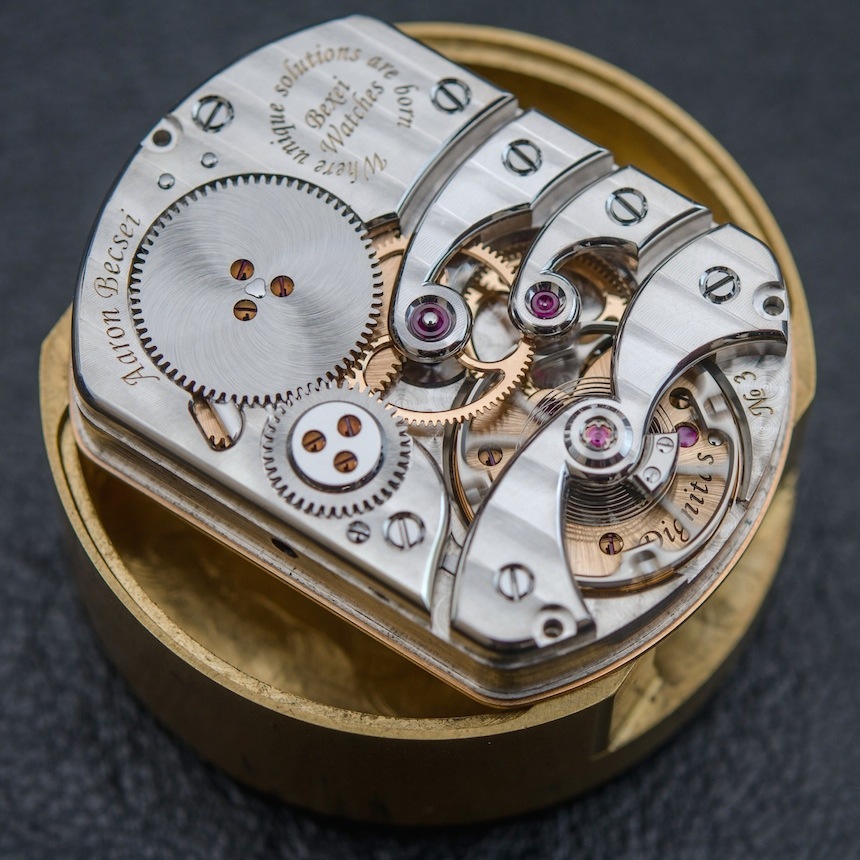
Welcome to the second installment in our Movement Hands-On series, an irregular series of articles where we scrutinize and analyze unique and interesting calibers. In part one, we took a close look at the highly unusual movement of the MB&F HM6 Space Pirate here, and today, we continue with the work of another – although in some important ways very different – independent watchmaker.
Whereas the high-end watch industry has for long been largely based on the co-operation between specialist craftsmen – working either within the company or at external suppliers – when it comes to independents, most all of the tasks are performed in-house… and for just a handful of independent watchmakers, those tasks are performed not by dozens or even a few, but by just one craftsman. Today, we are looking at AHCI (Académie Horlogère des Créateurs Indépendants) member Hungarian independent watchmaker Aaron Becsei’s proprietary movement, found in the Bexei Dignitas watch.
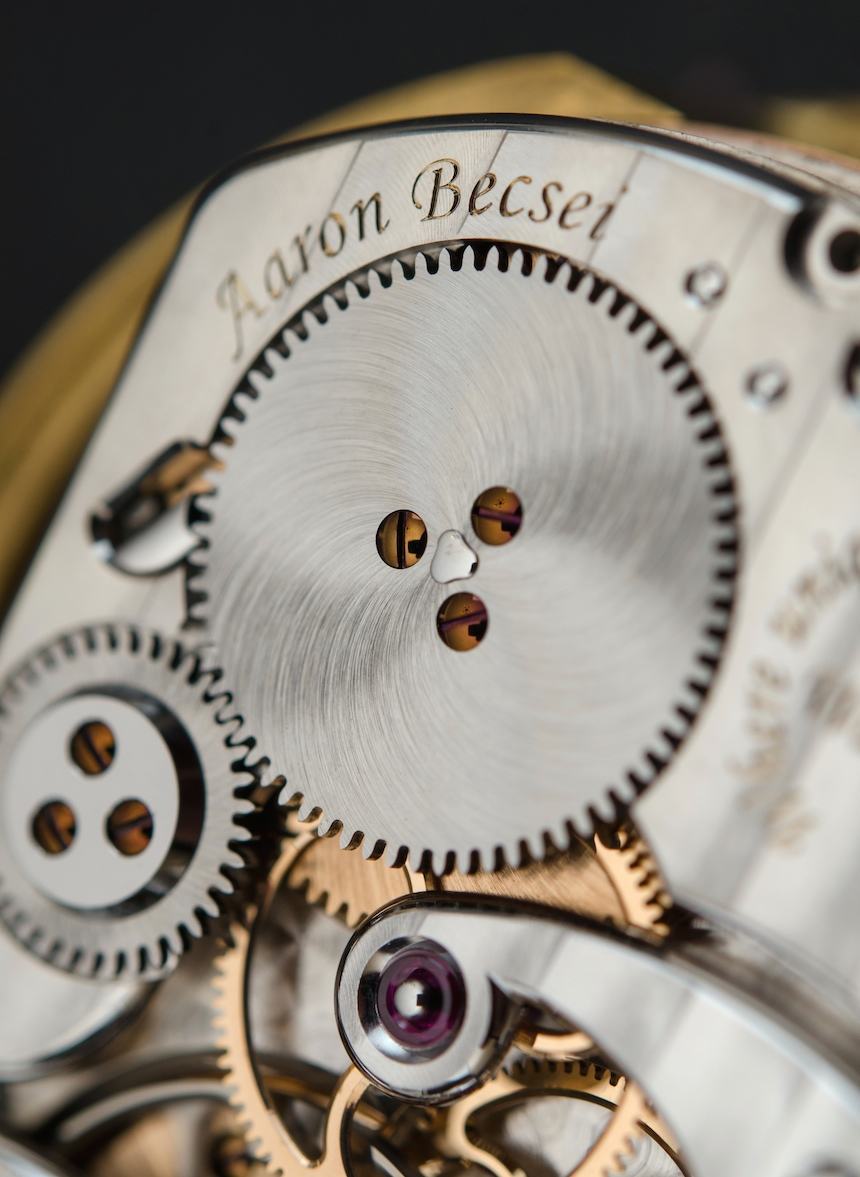
As was the case with our first article in this series, our goal here is not to discuss the brand or even the watch in great detail – we have done that in a separate article before. You may read more about Aaron Becsei and his work in our workshop visit article, here. For now, our attention will be dedicated to those interesting – and in most cases extremely fine – details that render the works of such watchmakers relevant and, to some collectors, of high value. Now, for two paragraphs, allow me to get a little sidetracked, in an effort to try and put what independents mean into context for those who are less familiar with this minuscule group of master craftsmen in the industry.
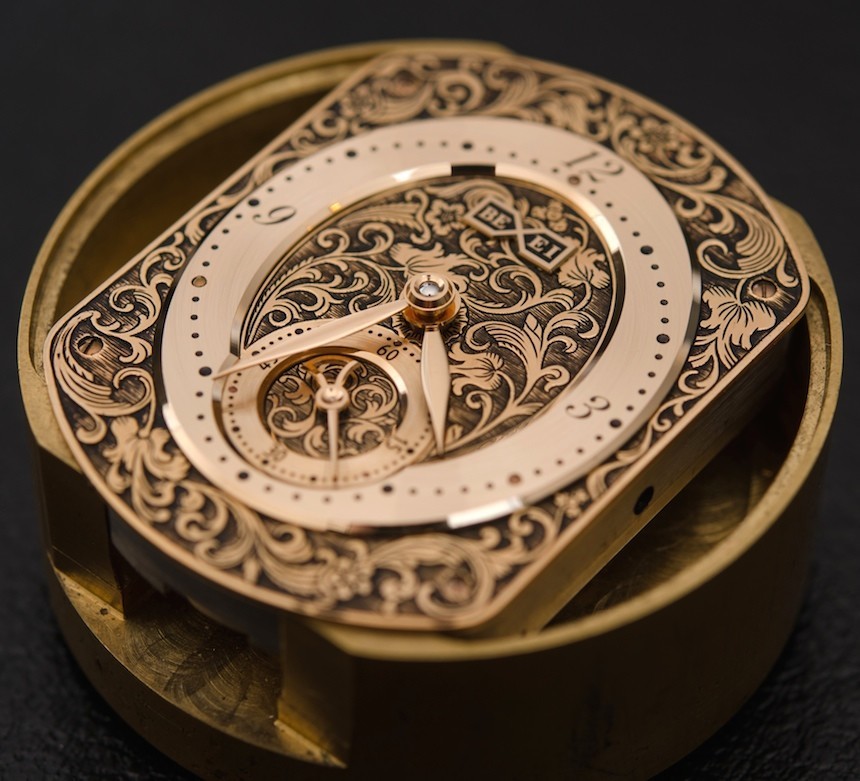
In many ways, watchmaking – and especially its high-end spectrum, haute horlogerie – is all about taking everything, from aesthetic properties to technical achievements, to their absolute limit. The very existence of a highly accurate mechanical movement with intricate and painstakingly crafted decorations is the proof for that. The irony here is that, using a strictly sensible approach, none of that excessive engineering makes practical sense: “accurate” mechanical timekeeping in the 21st century is as redundant as the “perlage” dress its hidden behind.
The reason why I am saying all this is because, in a way, independent watchmakers are the same within the realms of horology: not exclusively, but primarily, they are the ones taking every possible detail to the absolute extreme, oftentimes at the cost of inconceivable (and even for industry greats, unjustifiable) effort and financial investment. Using common sense, there is not one bit of it that would appear to be logical – and yet, there is a sense of occasion whenever we get to see some of these movements, these pinnacle achievements that represent the ultimate in what already is considered to be over-the-top levels of attention to detail in an otherwise mostly obsolete industry. What we are looking at today, as you will see, is a perfect example of all aspects being pushed way beyond the limitations of common sense.
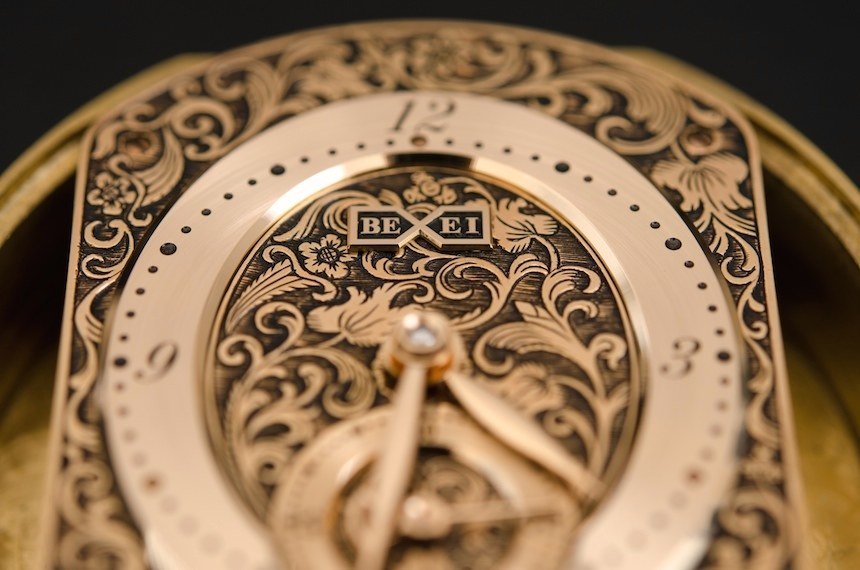
I have visited Aaron’s workshop about four times over the last two years – his yearly production tops out at 4-5 watches, thanks to the limitations imposed by the highly time consuming manufacturing and detailing work. My last visit happened to take place in that few-day-long time period when the movement is very close to being completed and yet is not yet cased up. I grasped the opportunity and took the pictures that you see here, hoping that they would be good enough to highlight those areas where all the extra effort of an independent takes shape.
At the time of my arrival, the dial and hands had already been installed, covering the dial side of the movement – a bit of a compromise, but this at least allows us to see the dial and hands as well, without the distortions and glare of a sapphire crystal. The dial displays only the most essential functions of a mechanical watch: it tells only the time, with hours and minutes shown by centrally mounted hands and running seconds at a sub-dial at the 6 o’clock position. Notably, there is an alternative version with a subtle power reserve indicator at 12 o’clock. While the unique engraving is done by a master engraver in Hungary, all dial components are crafted entirely by Aaron from raw materials, including the hands, dial plates and the logo plaque – all are made from solid rose gold in this instance.
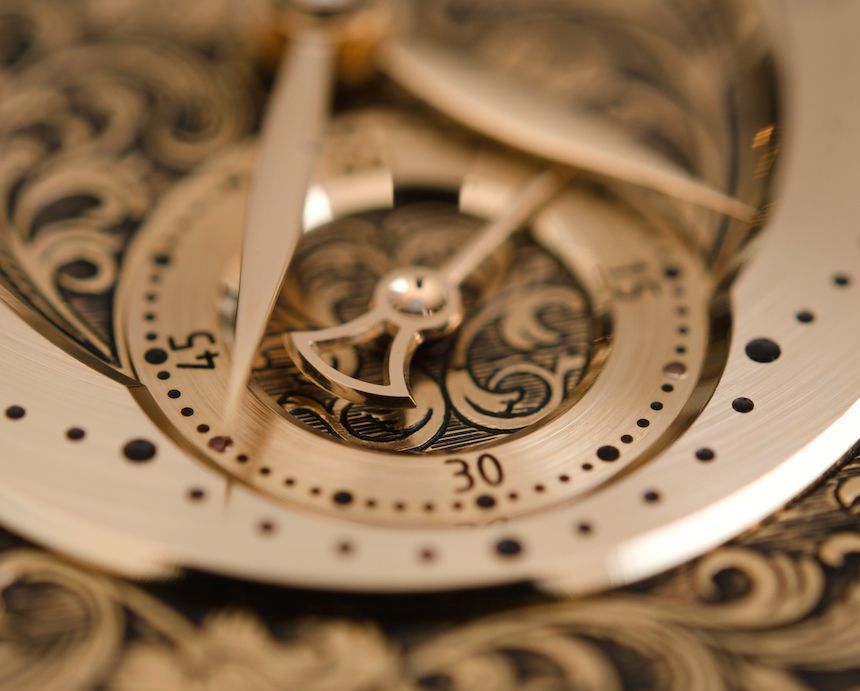
What is to be seen here is how the dial itself already is an expression of the attention to detail that we will encounter when we turn the hand-wound caliber over. All Bexei Dignitas watches are unique in the sense that the material (/color) combinations, shape of the hands, and the pattern of the engraving are uniquely created through a back-and-forth communication with the buyer. Here, computer generated renderings are exchanged until the design matches the desires of the customer.
One of my favorite details is the set of hands on this piece: the feuille-style hands as well as the skeletonized and beveled seconds hand are all made by hand. Hand polishing makes for the three-dimensionally curved shape of the central hands that widen up and narrow down in a way only the human eye and hand can replicate; while the seconds hand features a skeletonized counterweight with beveling and polishing on both its outer and inner edges.
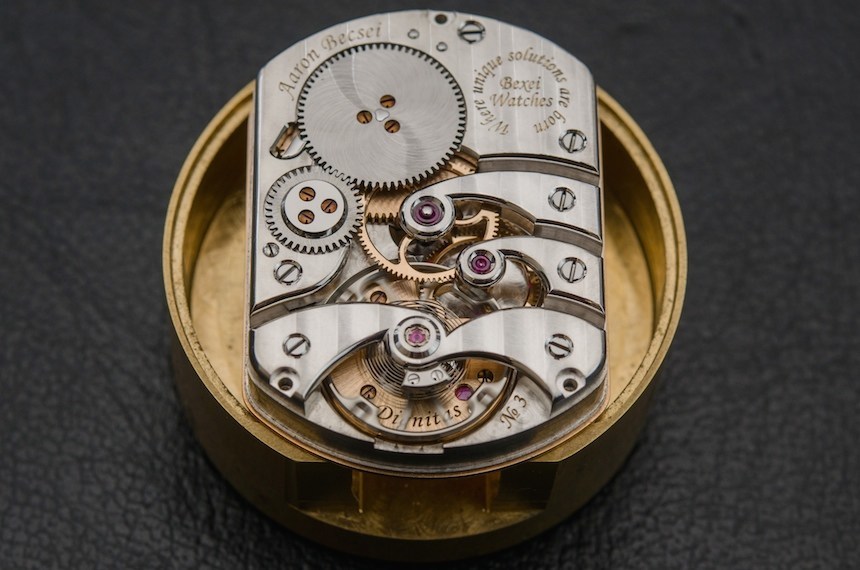
Beauty is not just skin deep, so let’s get down to business and look at the movement side. One of the reasons why this particular movement is suitable for discussing the merits of independent watchmaking is its lacking of even the simplest complications. Omitting even something as ordinary as a regular date, we really are looking at a very minimalistic approach to what a watch movement has to be and what it has to do. As opposed to complicated chronographs or chiming mechanisms, the movement is extremely simple and straight-forward in its construction – and yet, it provides more than enough eye-candy even for those who have grown used to seeing a city-like arrangement of minuscule wheels and bridges.
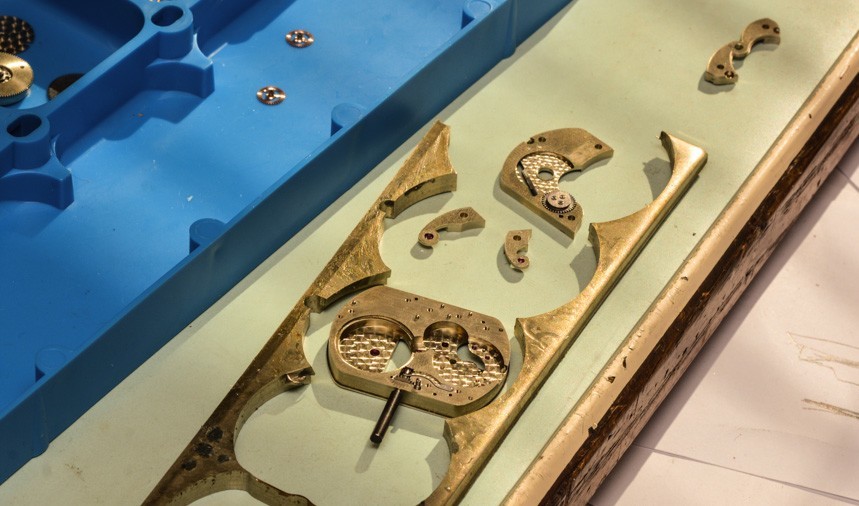
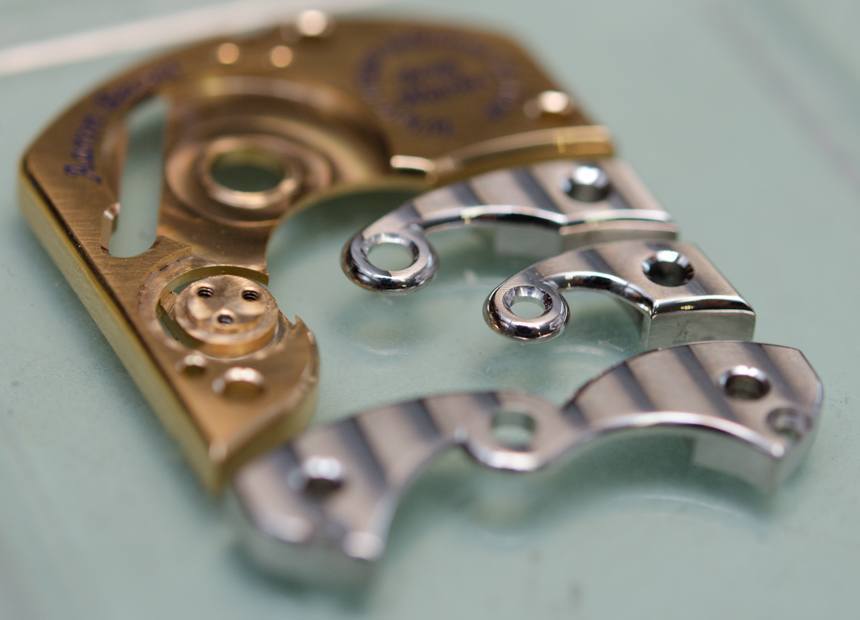
But let’s not get ahead of ourselves there, as it is far too easy to take movement designs as granted and jump straight to the manufacturing process. By contrast, it all starts with the cliché of a blank page of paper and an empty file in the design software: the movement’s functions, exact layout, every wheel and pinion, and even most of the tools used to create them have to be conceived from scratch. It took me but a few seconds to type and share these facts with you, but they in fact refer to years of work in planning and execution.
The number of variables which are to be considered when it comes to the designing of a brand new movement is just immense. Beyond the springs and just some of the jewels in the movement, as well as the sapphire crystals and the rough gold mould for the case, all components in a Bexei watch are entirely made in-house – and even these aforementioned parts are worked on extensively before they find their way into the watch. While there clearly are some basic principles – there are only so many variations for the ratios between the wheels and pinions in the going train, for example – we cannot consider the virtual assembly of a new movement a game of “LEGO,” where existing supplied parts are matched together. Here, everything is built from the ground up.
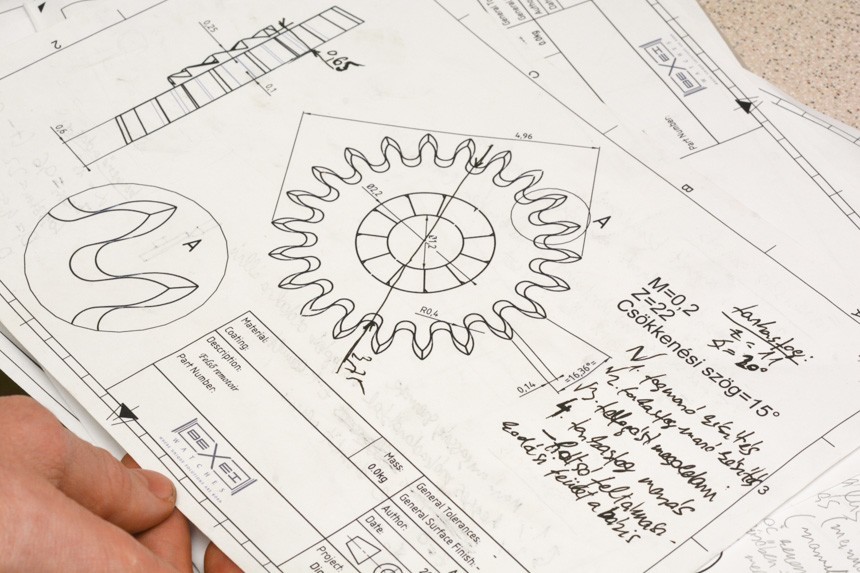
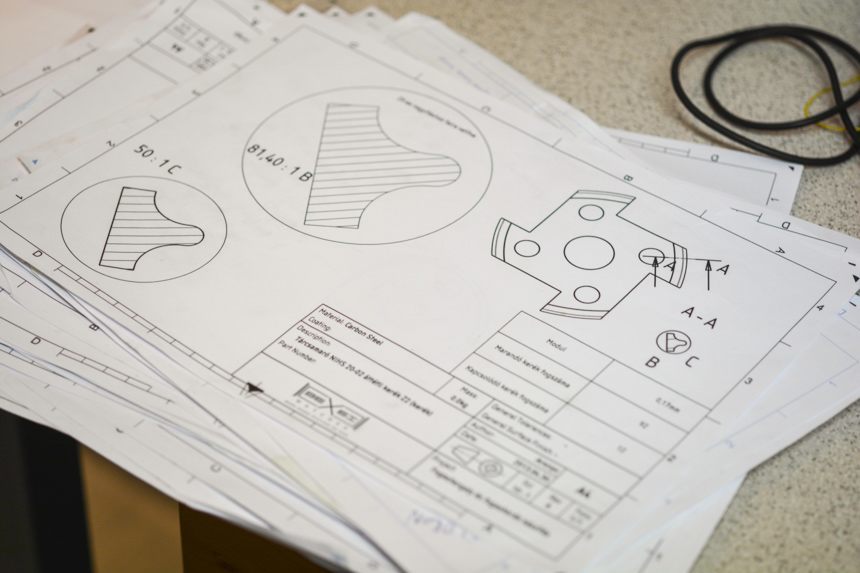
We will discover the making of one specific component from start to finish a bit later on but, for now – to give a tangible example to all that’s been said – we are adding two technical drawings. What you see further above is the wheel used in the keyless works of the crown, playing a vital role in winding and setting the movement. This component, just like every other in the movement, has been designed – literally drawn on paper and then in CAD software – from scratch. On the image directly above is the design of a tool that was created and manufactured in the workshop just to cut the profile of the teeth of some of the wheels in the movement.
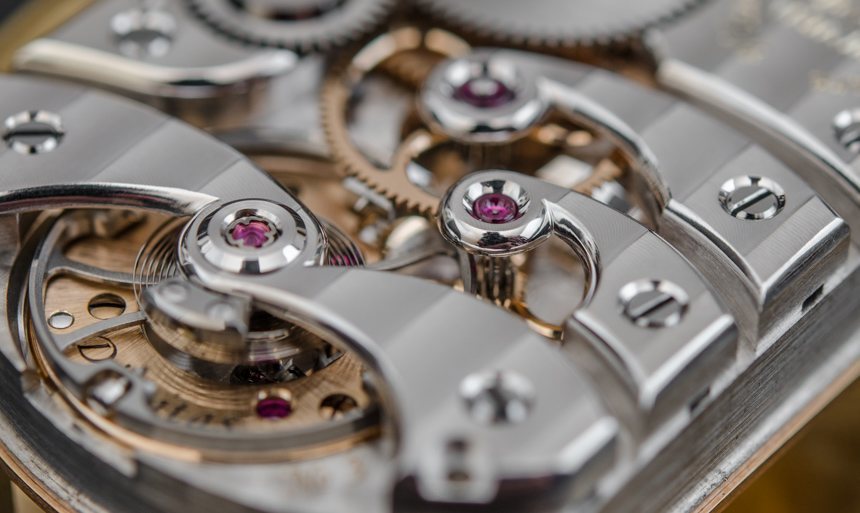
To understand how far one has to go to make every component in a newly designed movement – something that fits his own technical and aesthetic goals and principles – we have to realize that, oftentimes, the production of one new component necessitates the conception and manufacturing of a specific tool that is capable of crafting said component. Add design, prototyping, manufacturing, and finished production all together for both the tool and the component, and you quickly end up with a dazzling maze of challenges and to-dos. This is why many “in-house” movements that we see today are built around age-old successful calibers – and it is in fact one of the reasons why, as he told me, Aaron Becsei wanted a rectangular movement: because it helps eliminate any doubt to the fact that the movement has been designed completely from scratch.
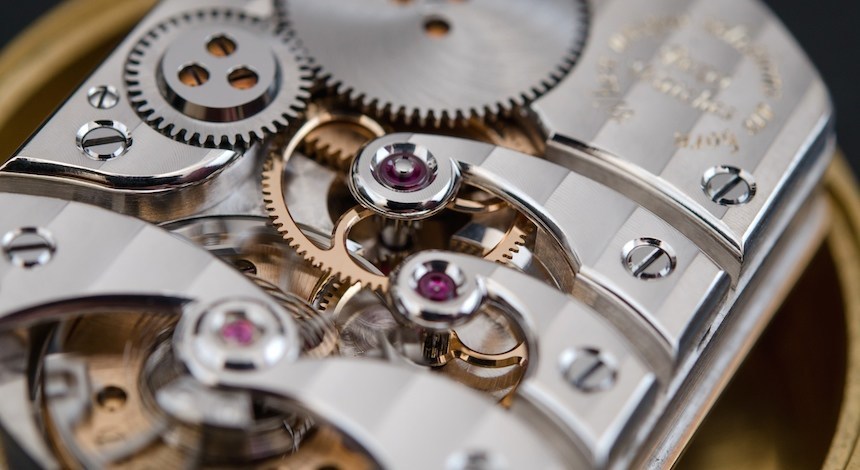
Once we consider how every single component has to fit and work together, from every screw securing bridges and plates to all the wheels and teeth meshing, it is easy to understand why it takes about two years of work to create a perfectly functioning time-only movement. The only movement components purchased from suppliers are some of the jewels, the escape wheel, as well as the mainspring and balance springs. Everything else, up to the threads on the smallest screw, through the pinions, to the pallet jewels on the pallet fork are made in-house. The point to be seen here is the fact that, yes, one man can make just about every single component in a wristwatch movement, and that often begins with crafting the necessary tools to begin with. To put the amount of work required into perspective, let’s now discover how one vital component in the escapement, the pallet fork, goes from design through production, all the way to the finished piece.
